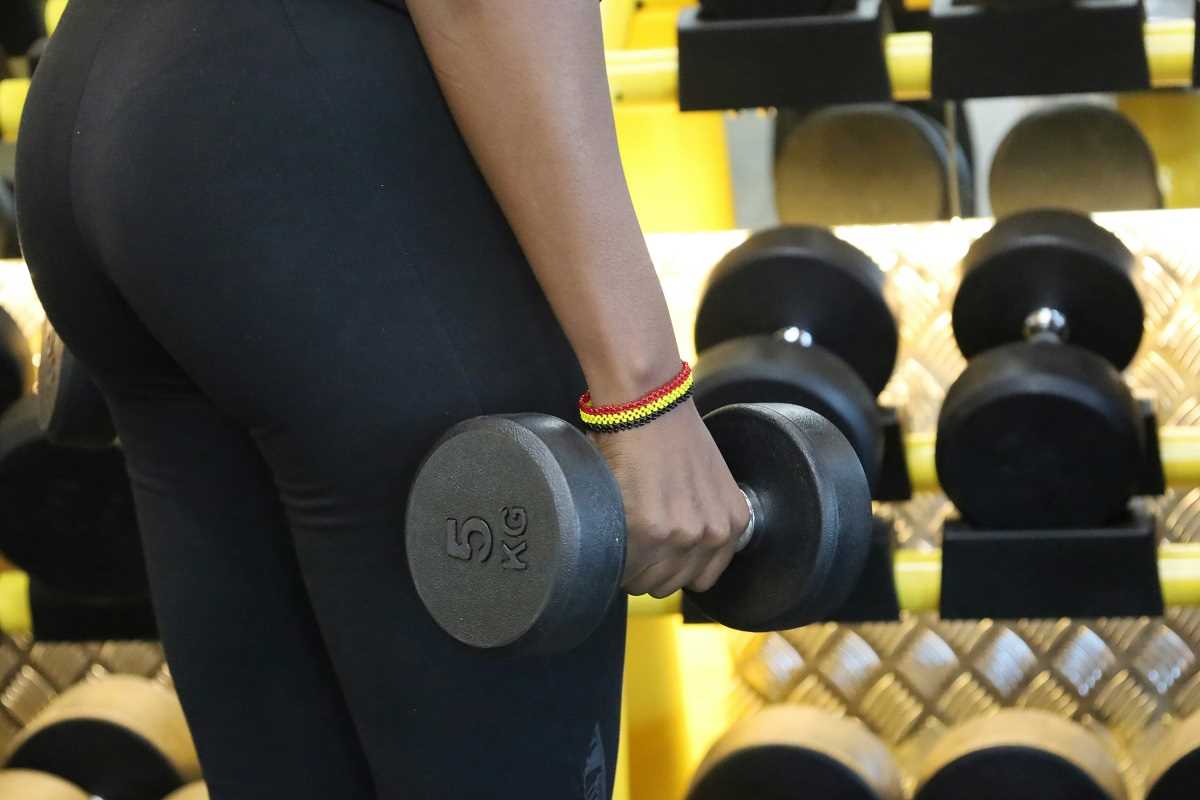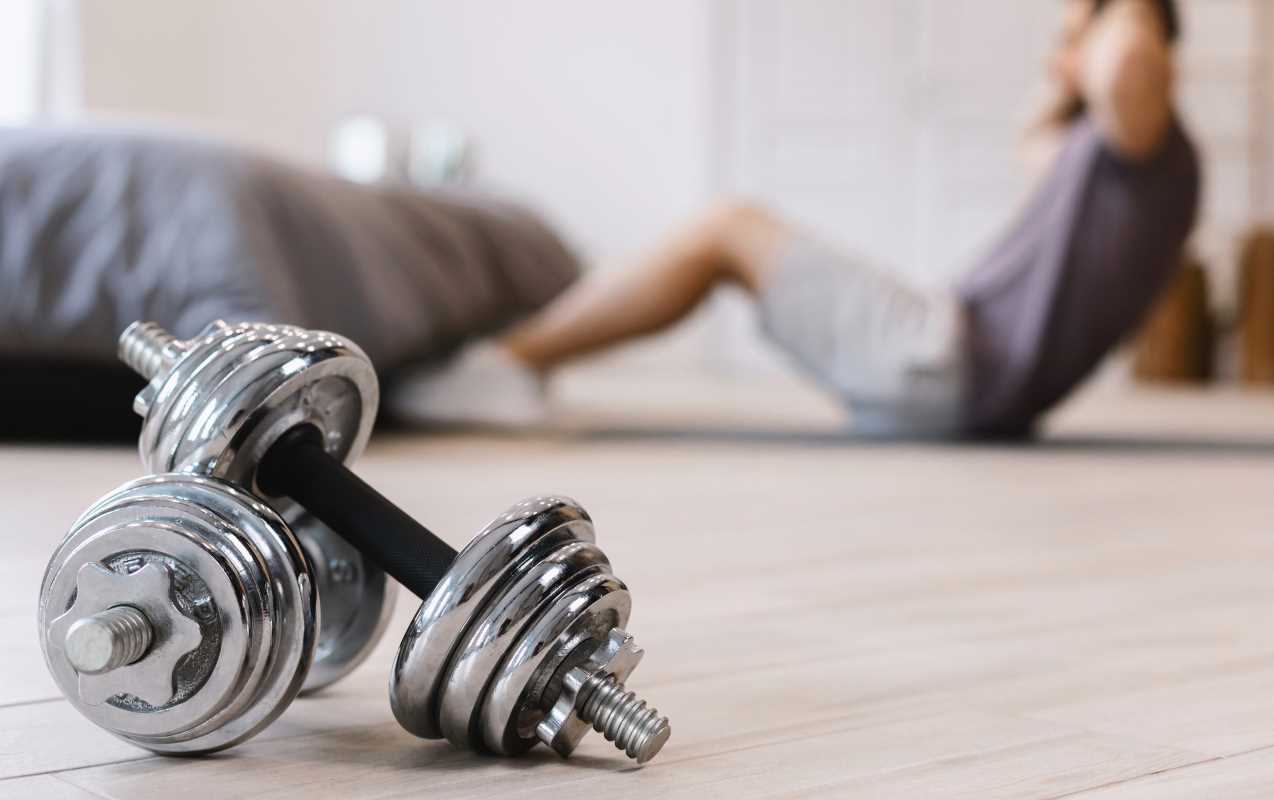Breathing is an essential yet often overlooked component in martial arts. Mastering breath control can significantly enhance both physical performance and mental resilience. In the high-stakes environment of combat, the ability to regulate one’s breath not only improves endurance but also sharpens focus, enabling martial artists to respond swiftly and effectively to their opponents. Understanding and applying breathing techniques can transform a practitioner’s approach, making each movement more deliberate and powerful.
Beyond the immediate physical advantages, controlled breathing fosters a deeper connection between the mind and body. This harmony is crucial in martial arts, where precision and timing are paramount. By integrating specialized breathing exercises into their routine, martial artists can achieve a heightened state of awareness, allowing them to anticipate and counteract threats with greater efficiency. The synergy between breath and movement is what elevates a skilled fighter to a true martial artist.
The Importance of Breathing in Martial Arts
- Enhances muscular endurance, allowing practitioners to train longer and harder.
- Improves oxygen delivery to muscles, reducing fatigue during intense sessions.
- Regulates heart rate, maintaining calmness under pressure.
- Assists in maintaining proper posture and form through controlled exhalation.
- Facilitates quicker recovery by expediting the removal of metabolic waste from the body.
Breathing Techniques Across Martial Arts Disciplines
Different martial arts disciplines emphasize various breathing techniques tailored to their unique styles and combat strategies. In *Karate*, practitioners often focus on deep, diaphragmatic breathing to generate powerful strikes and maintain stamina during prolonged bouts. This method ensures that each movement is executed with maximum force and minimal energy wastage.
Conversely, *Taekwondo* incorporates rapid, rhythmic breathing patterns to support high-speed kicks and agile maneuvers. This approach helps in sustaining explosive power while maintaining fluidity and balance. *Kung Fu* styles, known for their intricate movements and internal focus, utilize slow, controlled breaths to cultivate internal energy, or chi, enhancing both physical and mental prowess. These distinct techniques highlight the adaptability of breath control across different martial arts, each optimizing performance in its own way.
Mental Focus Through Breath Control
- Increases concentration by anchoring the mind to the rhythm of breathing.
- Reduces anxiety and stress, allowing for clearer decision-making during combat.
- Enhances situational awareness by promoting a calm and alert state of mind.
- Stimulates mental resilience, enabling practitioners to withstand psychological pressure.
- Facilitates meditation and visualization practices, strengthening mental preparation.
Practical Tips for Breathing Exercises
Incorporating effective breathing exercises into daily training can significantly improve a martial artist’s performance. One practical method is the 4-7-8 technique, which involves inhaling for four counts, holding the breath for seven counts, and exhaling for eight counts. This exercise promotes relaxation and helps in regulating the nervous system, making it easier to maintain composure during intense physical activity.
Another useful practice is diaphragmatic breathing, where the focus is on expanding the abdomen rather than the chest during inhalation. This technique maximizes oxygen intake and engages the core muscles, providing a stronger foundation for movements. Regular practice of these exercises can lead to more efficient breathing patterns, enhancing both endurance and power in martial arts routines.
Integrating Breathing into Daily Training
To achieve enhanced mental focus, it is essential to weave breathing techniques seamlessly into daily training sessions. Start each practice with a few minutes of focused breathing to center the mind and prepare the body for the physical demands ahead. Incorporate breathing patterns into sparring and kata to ensure that breath control becomes second nature during critical moments.
Allocate specific times for dedicated breathing exercises, treating them with the same importance as other training elements. By doing so, breathing becomes an integral part of the martial artist’s toolkit, enhancing overall performance and mental acuity both on and off the mat.
Mastering the art of breathing is pivotal for any martial artist striving for excellence. The physiological benefits, coupled with enhanced mental focus, create a foundation for superior performance and resilience. By exploring and integrating various breathing techniques from different disciplines, practitioners can elevate their skills and achieve a harmonious balance between mind and body. Embracing these practices not only improves combat effectiveness but also fosters personal growth and mental fortitude, guiding martial artists towards their highest potential.
 (Image via
(Image via





